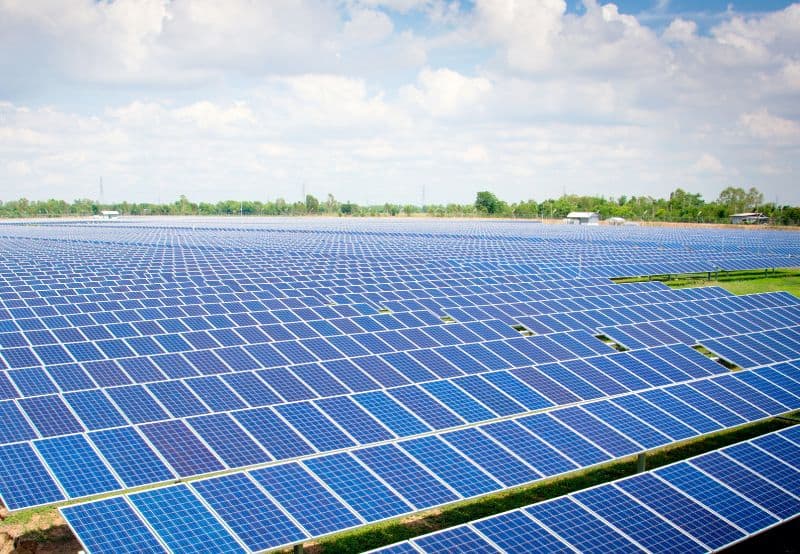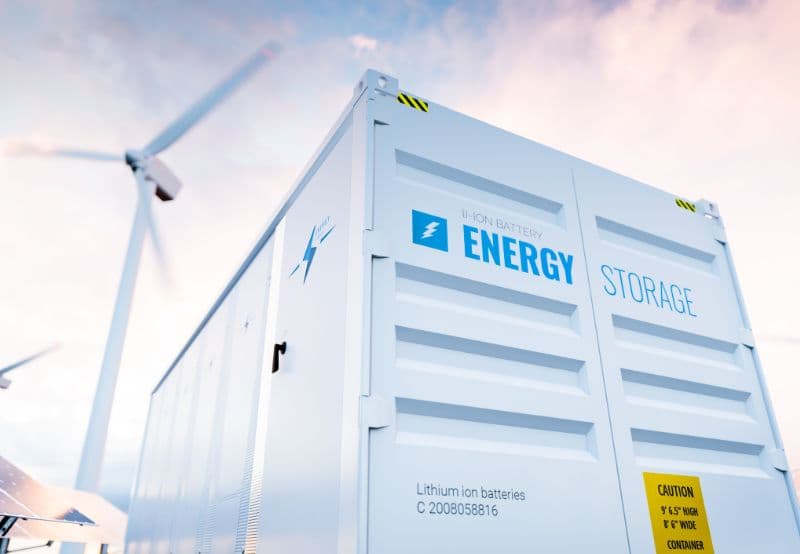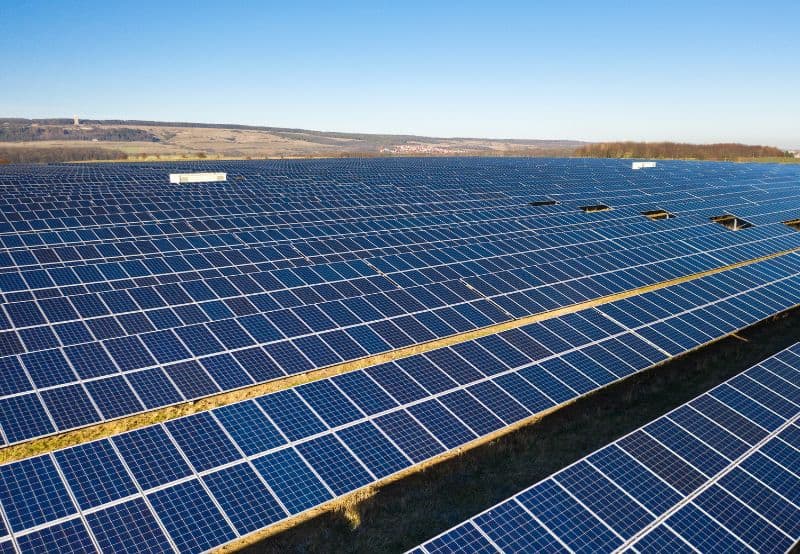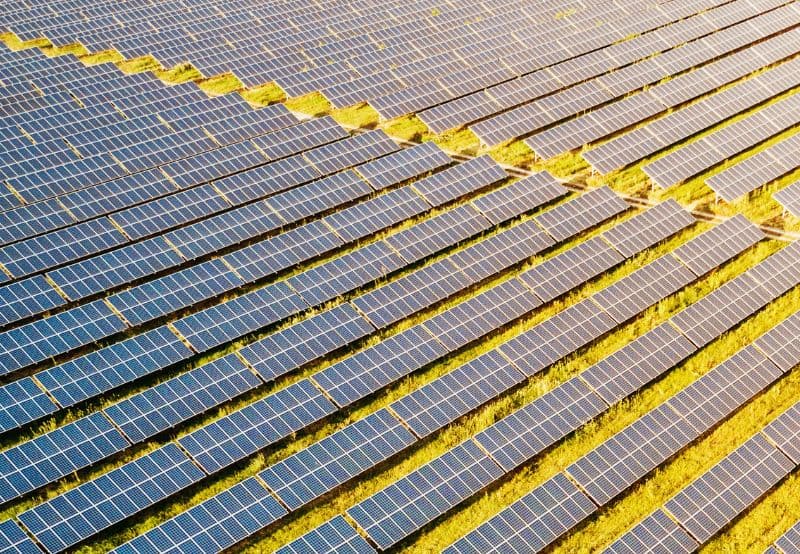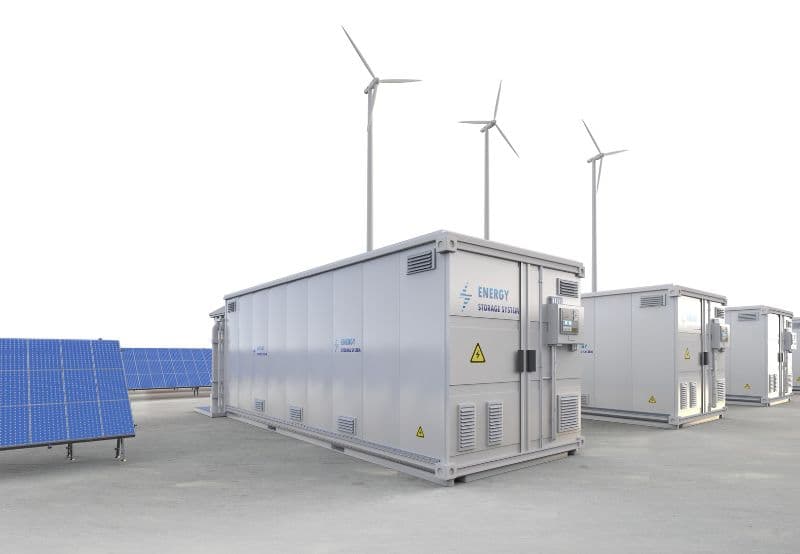eia
At the end of 2024, price arbitrage was the leading use of utility-scale batteries, accounting for 43% in the California Independent System Operator (CAISO) and about...
Solar is likely to account for more than half of the 64 GW of new utility-scale electricity that developers plan to bring online in the U.S. this year, according to a...
The U.S. is expected to add 63 GW of new utility-scale power capacity in 2025, a nearly 30% increase from 48.6 GW in 2024, the largest annual capacity installation since...
Solar tracker firm Nextracker‘s fourth-quarter revenue jumped 42% to $737 million in financial year (FY) 2024 from $518 million last year, reflecting robust demand...
The United States power sector faced fewer delays in installing new utility-scale solar photovoltaic (PV) projects in 2023 compared to 2022, according to a recent...
The U.S. energy storage market saw breakneck growth in 2023, shattering previous installation records across multiple segments, as the country added 8.7 GW of new energy...
Solar installations in India dropped 44.1% in the calendar year 2023, with a capacity of 7.5 GW added against 13.4 GW in 2022, according to Mercom India’s Q4 &...
According to the U.S. Energy Information Administration (EIA), the outlook for 2024 suggests a dynamic and transformative period for the country’s energy landscape, with...
Rewa Ultra Mega Solar has issued a tender to procure 400 MW firm and dispatchable grid-connected renewable power. To meet the supply obligations, selected bidders must...
The U.S. Energy Information Administration (EIA) predicts that solar power will emerge as the primary driver of electricity generation growth in 2024 and 2025, with the...
The International Energy Agency’s (IEA) recent World Energy Employment report found that investments in clean energy technologies drove demand for new workers in every...
China’s functional pumped storage capacity has touched 50 GW as of May 2023, representing 30% of global capacity and surpassing all other nations, according to data from...
The capacity of coal-fired power plants in the United States could reduce by ~88% from the 2022 levels by 2050, as environmental regulations raise costs and new plants...
Around 82% of the new utility-scale generating capacity planned to come online in the United States in 2023 will comprise wind, solar, and battery storage, according to...
The Energy Information Administration (EIA) has forecasted an increase in U.S. power generation from new renewable sources, primarily wind and solar, which would cut...
1
2
...
2


